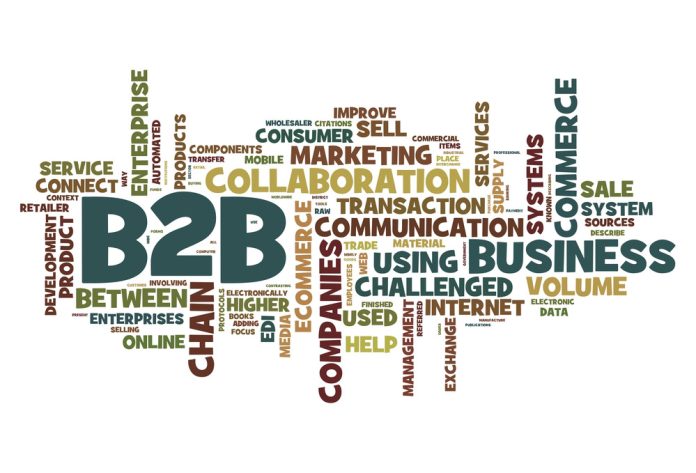1. Multiple Decision-Makers
Due to the fact that business-to-business typically occurs in the supply chain, where one company provides products and services to another, Companies typically maintain this relationship for many years. As a result, B2B businesses don’t rush into decisions. They adhere to standard procedure, which includes visiting, evaluating, and inspecting products, negotiating, and signing contracts.
2. Longer Decision Cycle
We are aware that multiple decision-makers are involved and must carry out their responsibilities. It can take months or even years to close a deal.
3. Discounts For Specific Customers
due to the extensive involvement of numerous stakeholders and the long-term nature of the business-to-business relationship. Sometimes, businesses only need one full-time client. The B2B relationship is beneficial to both parties, so businesses want it to last longer. As a result, they offer special rates and discounts to business clients.
4. Conflict With Direct Sales Channels
There are a lot of issues when we talk about B2C or direct sales to customers. Customers and the business have a limited, uncertain, and short-term relationship. The customer would leave the store if he or she is dissatisfied with the product, price, or color. Conflicts of this kind are rare in B2B relationships.
Types of B2B Models
There are many types of businesses that use the B2B model, including construction companies, human resource management, salary and payroll, taxes, research and development, marketing, call center, advertisements, web development, and design. The difference is that in B2B, customers consume the product, add value, and resell it. Through the internet, you can discover other businesses that use B2B eCommerce and the product or service category they deal in. The following are some examples of Business-to-Business models.
1. Customer-Centric Model
In a customer-centric model, the business prefers to maintain a profitable relationship with its clients long after the sale is complete. The customer’s worth has not changed; It remains unchanged following the transaction. Customers would have a significant impact on the company’s branding and other operations if they were the primary focus of the business.
The customer-centric model is followed by the two most prominent examples of e-commerce businesses, Amazon and Flipkart. They have been loyal to their brand for years, and it took them years to establish relationships with them that are dependable and trustworthy.
2. The Buyer Centric Model
It is a type of business model in which various businesses set higher purchase prices for buyers. Then, the sellers and marketers of various businesses approach buyers with a variety of offers and packages to demonstrate how their quotation would benefit them more. The buyer would ultimately evaluate each quote and offer and select the one that best suited his financial situation. Because it operates shopping malls all over the world, Walmart is the best illustration of the buyer-centric model. There are distinct and numerous suppliers at each Walmart location. On the other hand, a variety of suppliers approach the business and offer, and the supplier with the highest bid wins the contract.
3. The Intermediary-Centric Model
It is a B2B model in which buyers and sellers collaborate on a single platform to complete the transaction. It creates a common platform for selling and buying goods. At each total exchange, the mediator would get its portion of the commission. The digital market does not allow customers to view all of the products. However, this platform provided by an intermediary is an excellent location to examine all products.
4. The Immediate Association B2B Model
The immediate association is likewise a kind of B2B model where the organization is straightforwardly associated with the accomplices in general and partners for sharing and moving the multitude of electronic reports.
Simply put, a third-party IT company like Tradekey.com is connected to your company and it would manage all of your company’s business operations, including mapping, technical support, translation, and document tracking.
5. B2B Network Model
A B2B network model occurs when your direct model has a number of issues and complexities that the network steps in to fix. Prior to the advent of the internet, businesses used to operate in this manner. You can use protocols like FTP over VPN, RosettaNet, FTPS, AS2, and SFTP by connecting to all of the service providers using this model.
6. The Hybrid Business-To-Business Model
It combines two models: the B2B model via direct connection and networkThis model aims to reduce a service provider’s transaction fee and connect the business with clients with the highest transaction volumes. Your business would benefit from working with a number of low-volume trading partners and the service provider under this model.
7. A managed B2B model
It is one in which your business outsources or hires a third party to manage all of its B2B processes. The simplicity and lower cost of outsourcing are the most obvious benefits. This model is only effective if your company’s service provider shares documents via the ERP (enterprise resource planning) system.









